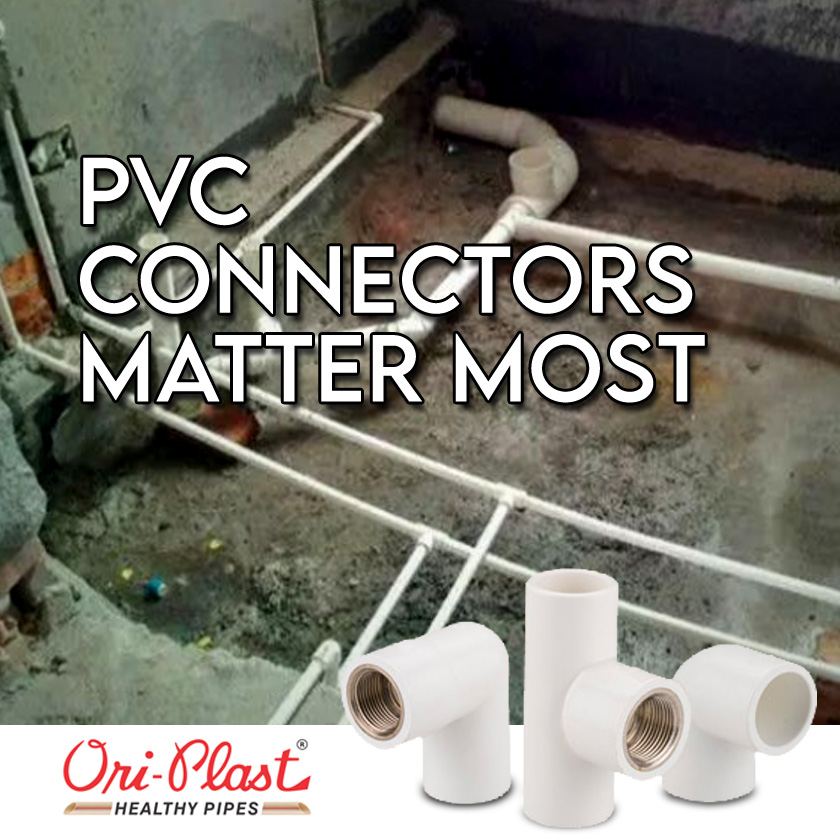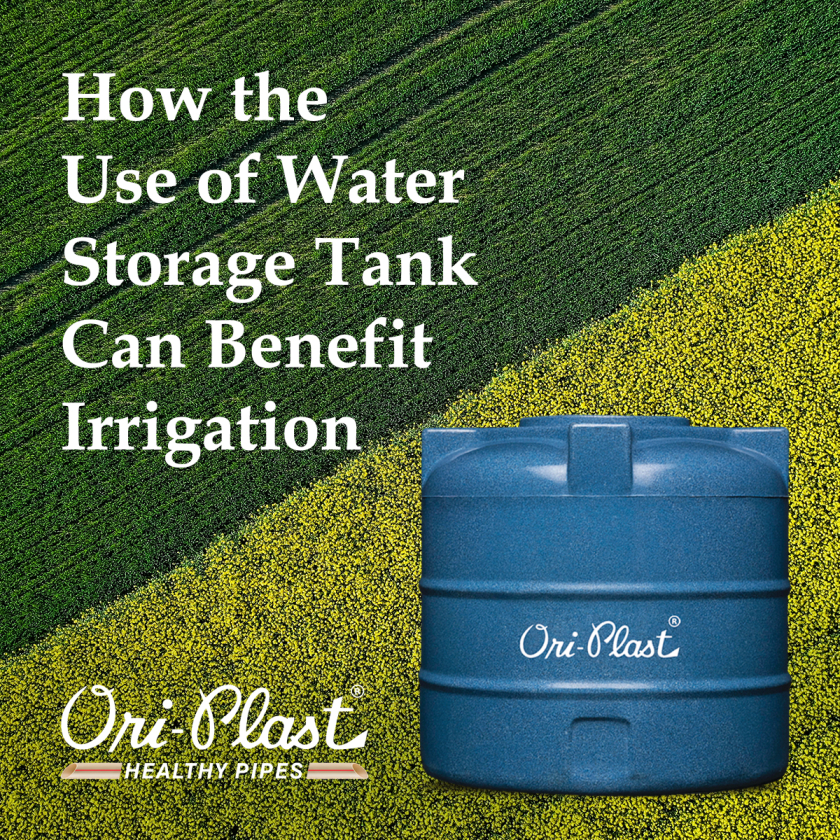Homeowners want a piping system that will do its job – be reliable and durable – without any problems for as many years as possible.
The chemical-free, anti-corrosion and anti-scaling properties of UPVC fittings and pipes, along with other plastic piping system,have made these pipes a better and more efficient alternative to traditional cement or metal pipes, as plumbing solutions in India.
What Makes Piping System Long-lasting

The service life of UPVC plumbing fittings is determined primarily by two factors – installation and corrosion. Common problems that plague the UPVC piping system revolve mainly around incorrect installation practices. These common mistakes often limit the durability of the UPVC plumbing system, though it is important to keep in mind that UPVC pipes and fittings offer better strength and longevity and come with inherent advantages that safeguards against corrosion and improper installation.
Let’s discuss some of the problems of UPVC pipes and fittings and some possible fixes.
Problems of Faulty Installation and Fittings of UPVC Pipes

Installation Process: Rushed and careless installation lead to long-term damage that are often irrevocable and can result in a costly replacement of the plumbing system. As UPVC fittings and pipes are characterised with easy installation, many plumbers believe that a little lack of care while handling these pipes would be forgiven. While it is genuinely easy to install UPVC plumbing fittings, rules have to be followed.
Solvent Cement Joint Problems– UPVCpipes uses solvent cement to fuse pipes to UPVC fittings.A joint that has been welded by heavy duty UPVC solvent cement is the strongest part of the plumbing system. This joining can be completed onsite by any plumber with basic training. No expensive tools are required. Only a few standard guidelines need to be followed:
- pipe end must be cut and shaped (square-cut, deburred, and chamfered) properly before welding the fitting
- two heavy coats of cement should be applied to the end of the pipe and one light coat on the inner side of the fitting
- the pipe should be fully inserted all the way to the bottom of the UPVC fitting
- then held in place for at least 30 seconds until the cement sets up sufficiently to hold the pipe in place (otherwise the pipe will back itself out of the tapered fitting)
Be Mindful of Maximum Number of Fitting Units Used

It is best to calculate the number of UPVC fittings like T-inlets, combination Y-inlets or 8-inch bends that you will require for one stack. It is better to limit the number offittings added to a common vent in the plumbing system. Too many fixtures can make the plumbing system inefficient.
Error in Manufacturing
Faulty extrusion and melting process, during the manufacture of these UPVC pipes can make them brittle and weak. Though manufacturing error cannot be termed as a “common problem” from the point of view of consumers – what it translates into is that it is always wise to use best quality plastic pipes and fittings from reputed UPVC fittings manufacturers like Ori-Plast.
Problems with Lead
Lead is a carcinogenic material which can, in time, mix with the water that is brought into your homes and turn in toxic. Ori-Plast pipes are lead and heavy metal free so that the water that reaches you is always safe from lead poisoning and contamination.




